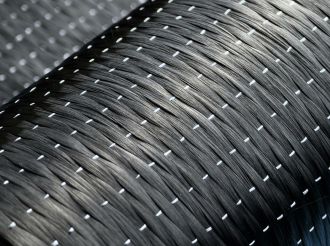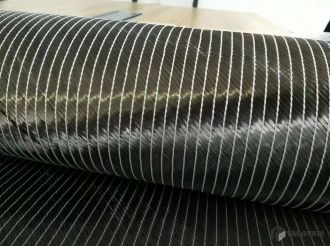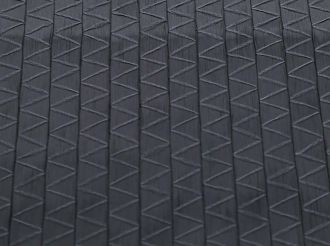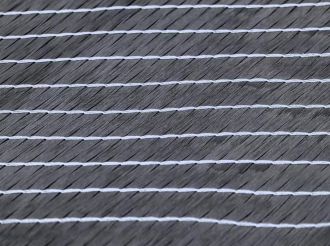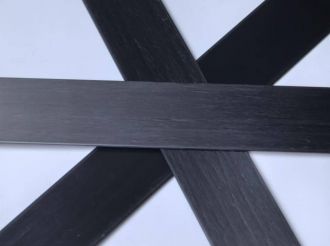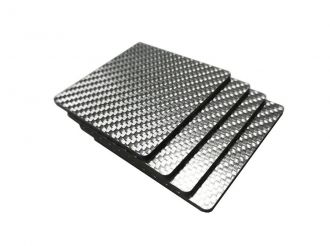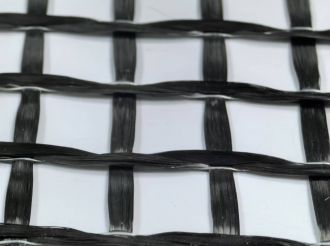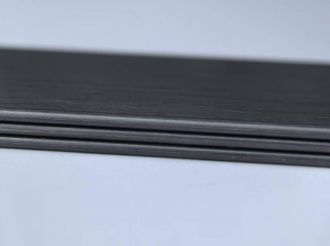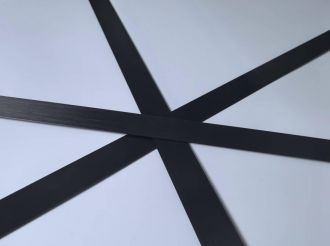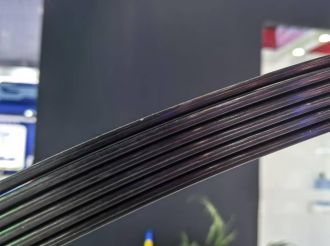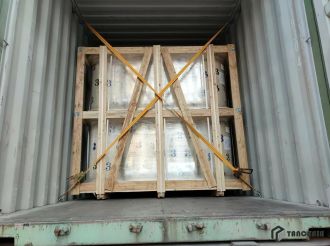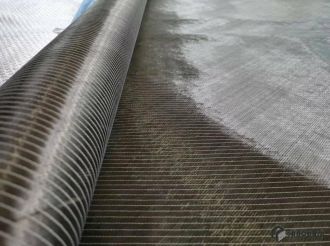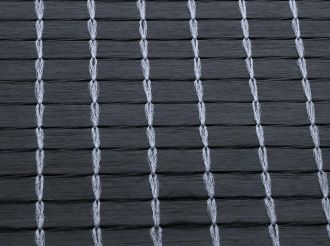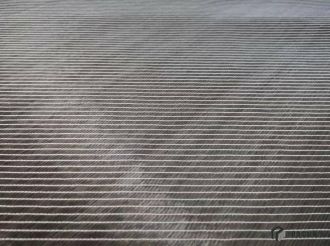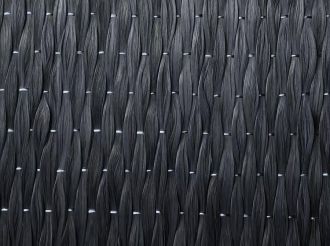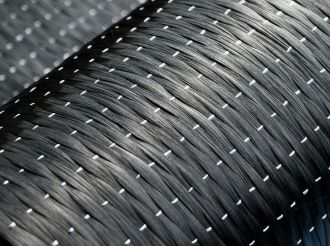
-
Carbon fiber unidirectional fabrics are mainly used in the construction field
-
Carbon fiber unidirectional fabrics are mainly used in the construction field as Structural reinforcement, Crack repair,Earthquake-resistant reinforcement, Node reinforcement, Reinforcement of other special structures
Carbon fiber unidirectional fabrics are mainly used in the construction field as follows:
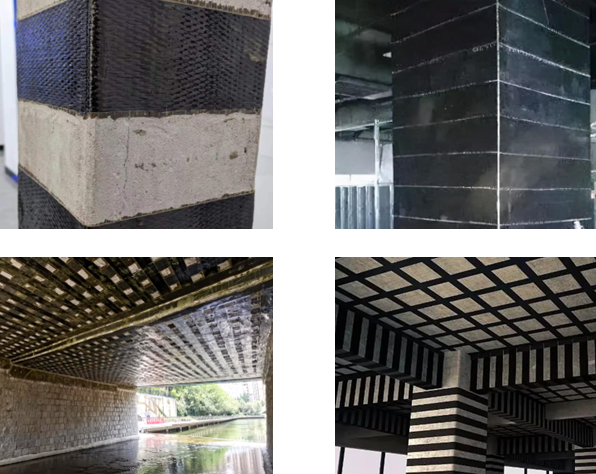
1. Structural reinforcement:
Beam and slab reinforcement: Beams and slabs in buildings are important load-bearing components. In the long-term use process, their load-bearing capacity may be insufficient due to low design load standards, changes in usage functions, material aging, etc. Carbon fiber unidirectional fabrics have the characteristics of high strength and high modulus. Pasting them on the bottom or side of beams and slabs can effectively improve the bending and shear resistance of beams and slabs and increase their load-bearing capacity. For example, in the renovation of some old buildings, the use of carbon fiber unidirectional fabrics to reinforce beam and slab structures can meet new usage requirements.
Column reinforcement: Columns are vertical load-bearing components of buildings and play a key role in the overall stability of buildings. When columns are affected by disasters such as earthquakes and fires, or their performance is reduced due to insufficient concrete strength, steel bar corrosion, etc., carbon fiber unidirectional fabrics can be used for reinforcement. By wrapping carbon fiber cloth around the column, the column's compressive resistance and ductility can be improved, and its seismic performance can be enhanced.
Roof truss reinforcement: The roof truss is the load-bearing structure of the building roof and bears the load of the roof. For some large industrial plants, warehouses and other buildings, the roof trusses may have cracks, deformation and other problems due to long-term heavy loads. Using carbon fiber unidirectional fabric to reinforce the roof truss can repair its damage, improve its bearing capacity and stability, and extend the service life of the roof truss.
2. Crack repair:
Concrete structures may have cracks during construction or use due to various reasons. These cracks not only affect the beauty of the structure, but also reduce the durability and safety of the structure. Carbon fiber unidirectional fabric has good flexibility and adhesion. It can be pasted on the cracks. Through the tensile effect of carbon fiber, it limits the continued development of cracks and plays a role in crack repair and sealing.
3. Earthquake-resistant reinforcement:
In earthquake-prone areas, the seismic performance of buildings is crucial. The high strength and high elastic modulus of carbon fiber unidirectional fabric give it a significant advantage in earthquake-resistant reinforcement. Pasting carbon fiber cloth on key parts of the building, such as frame nodes, shear walls, etc., can increase the rigidity and strength of the structure, improve its earthquake resistance, and reduce earthquake damage to the building.
4. Node reinforcement:
The nodes in the building structure are the key parts connecting various components. They are subject to complex forces and are prone to stress concentration and damage. Using carbon fiber unidirectional fabric to reinforce the nodes can improve the bearing capacity and earthquake resistance of the nodes and ensure the integrity and stability of the structure. For example, pasting carbon fiber cloth on the beam-column node can enhance the shear resistance of the node and prevent the node from being damaged under the action of an earthquake.
5. Reinforcement of other special structures:
In addition to conventional structural components such as beams, plates, and columns, carbon fiber unidirectional fabrics can also be used to reinforce some special structures, such as bridges, tunnels, chimneys, etc. For bridge structures, carbon fiber cloth can be used to reinforce the beams, piers and other parts of the bridge to improve the bearing capacity and durability of the bridge; for tunnel structures, carbon fiber cloth can be used to reinforce the tunnel lining to prevent cracks and deformation of the lining; for tall structures such as chimneys, carbon fiber cloth can be used to reinforce the chimney wall to improve the chimney's wind resistance and earthquake resistance.
